AO Edited
'The Wisdom of Solomon' Stone Pyramid
This mysterious pyramid is said to be part of a complex web of occult and Freemason symbols.
Designed by the architect and Freemason Nicholas Hawksmoor, St. Anne’s Limehouse Church on the outskirts of London was consecrated in 1730. The church is a Grade I listed building and the surrounding churchyard is a government-designated Conservation Area. Both church and graveyard have some peculiarities. Perhaps none more so than a strange eight-foot-tall pyramid that allegedly has ties to Hawksmoor’s obsession with the occult.
As part of the 50 New Churches Act of 1711, 1he 18th-century church was under England’s Queen Anne. Instead of stained glass, the church’s east window depicts the crucifixion of Jesus Christ in enameled or painted glass. Today, the church’s main seating area is in a flexible, horseshoe shape. There is also no altar in the church. Instead, an 18th-century communion table is used for mass. The church also houses a secret chamber inside the tower, graven with 18th-century graffiti, and a large crypt used as a World War II air shelter.
The unusual, towering pyramid in St Anne’s Limehouse churchyard is not, surprisingly a gravestone (though perhaps Nicholas Cage drew inspiration from it for his pyramidal tomb). The pyramid is inscribed with a carving of a unicorn and the words “wisdom of Solomon” in both English and Hebrew. The pyramid is built of a particular kind of limestone known as Portland stone. The pyramid would have been nearly white when it was first built, but today it is gray from centuries spent outside.
There are two theories about the pyramid’s purpose. The first is that it was part of a pair of pyramids that were supposed to be mounted on the eastern towers of the church. The second theory is that the pyramid is part of a complex map of occult, Freemason, and Egyptian symbols that architect Hawksmoor scattered around east London.
Author and researcher Iain Sinclair theorized the St Anne’s Limehouse pyramid and church, along with several churches and other monuments built by Hawksmoor, formed an ancient Egyptian hieroglyph. According to Sinclair, the “eight churches give us the enclosure, the shape of fear; … erected over a fen of undisclosed horrors, white stones laid upon the mud and dust.”
The pyramid also has a hole beneath it, which has sparked rumors of what could be lurking underneath. A vampire? Secret cavern? Or perhaps a family of urban foxes? The 20th-century novelist, Sax Rohmer, uses the pyramid as the entrance to his character Fu Manchu’s opium den.
An 1827 report from The Australian, an English-language newspaper published in Sydney, Australia, reports that St Anne’s is haunted by “a most refractory and incorrigible phantom” who has laughing fits in the middle of the night: The “Good-for-nothing goblin has a chuckling laugh like a grasshopper intoxicated.”
The churchyard also features a two-sided gravestone from the 1760s. One side is inscribed normally, while the other is upside down.
The location also features as a set location in the 2015 crime thriller Legend and 2002 horror film 28 Days Later and the TV drama Call the Midwife.





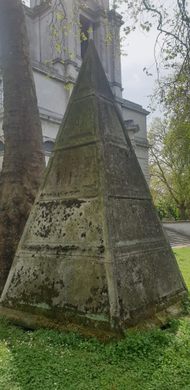
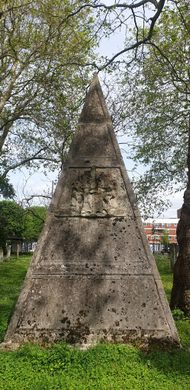

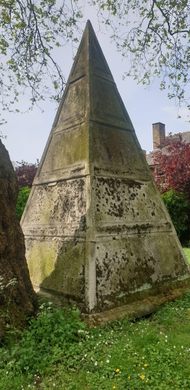
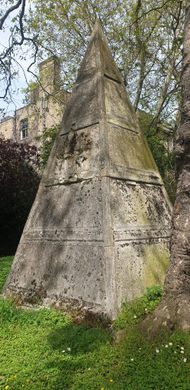










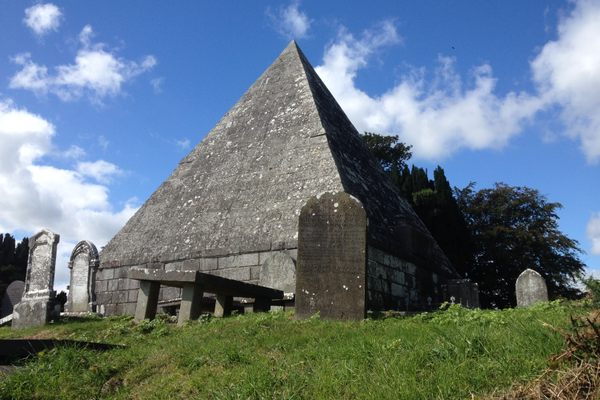
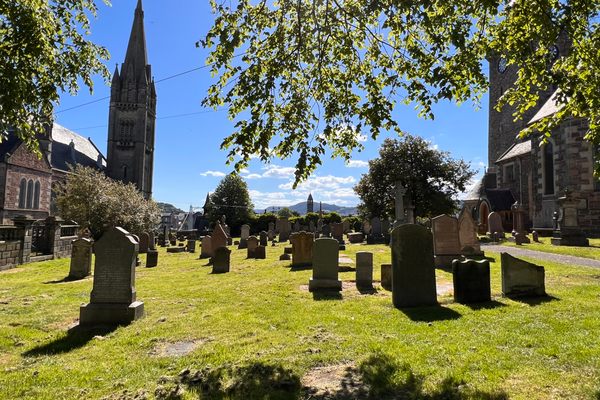



Follow us on Twitter to get the latest on the world's hidden wonders.
Like us on Facebook to get the latest on the world's hidden wonders.
Follow us on Twitter Like us on Facebook